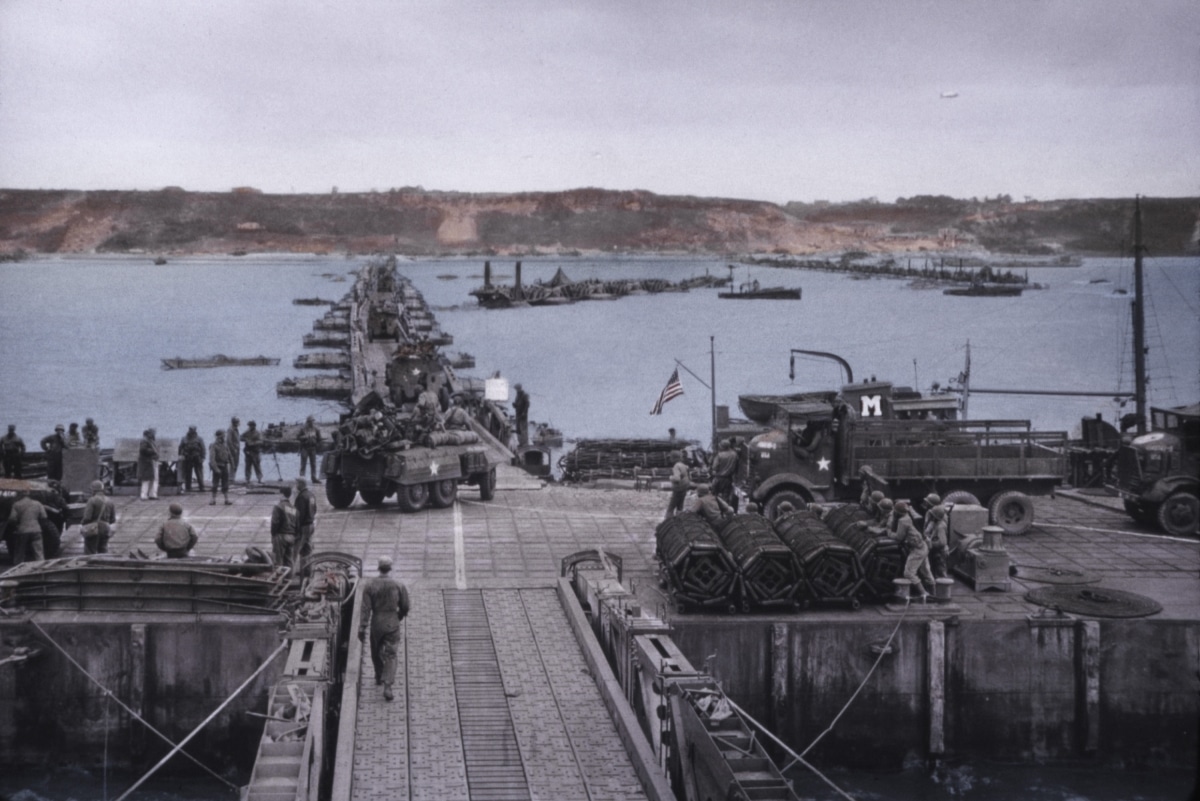D-Day, the largest land, sea, and air invasion in history, took place on June 6, 1944. The Allied forces launched the invasion to turn the tide in World War II and liberate Nazi-held Europe. The significance of D-Day extends beyond its historical context, highlighting the importance of decision-making, information, and adapting to changing worldviews in managing conflicts.
Key points:
- D-Day, which occurred on June 6, 1944, was a pivotal event in World War II that involved the largest amphibious assault in history, aiming to weaken the German army.
- The Allied forces meticulously planned Operation Overlord, the codename for the invasion, which included the transport of over 150,000 infantry troops across the English Channel.
- Despite facing complications and unexpected challenges, the troops demonstrated remarkable bravery and adaptability to overcome obstacles and secure the beaches of Normandy.
- D-Day remains significant today as a symbol of sacrifice, valor, and the triumph of democracy over totalitarianism.
- The success of D-Day led to the liberation of Paris and eventually the surrender of Germany, shaping the course of the war and impacting the future of Europe.
Read more at: https://www.usatoday.com/story/news/nation/2023/06/06/d-day-world-war-ii-invasion-79-years-ago/70277828007/






